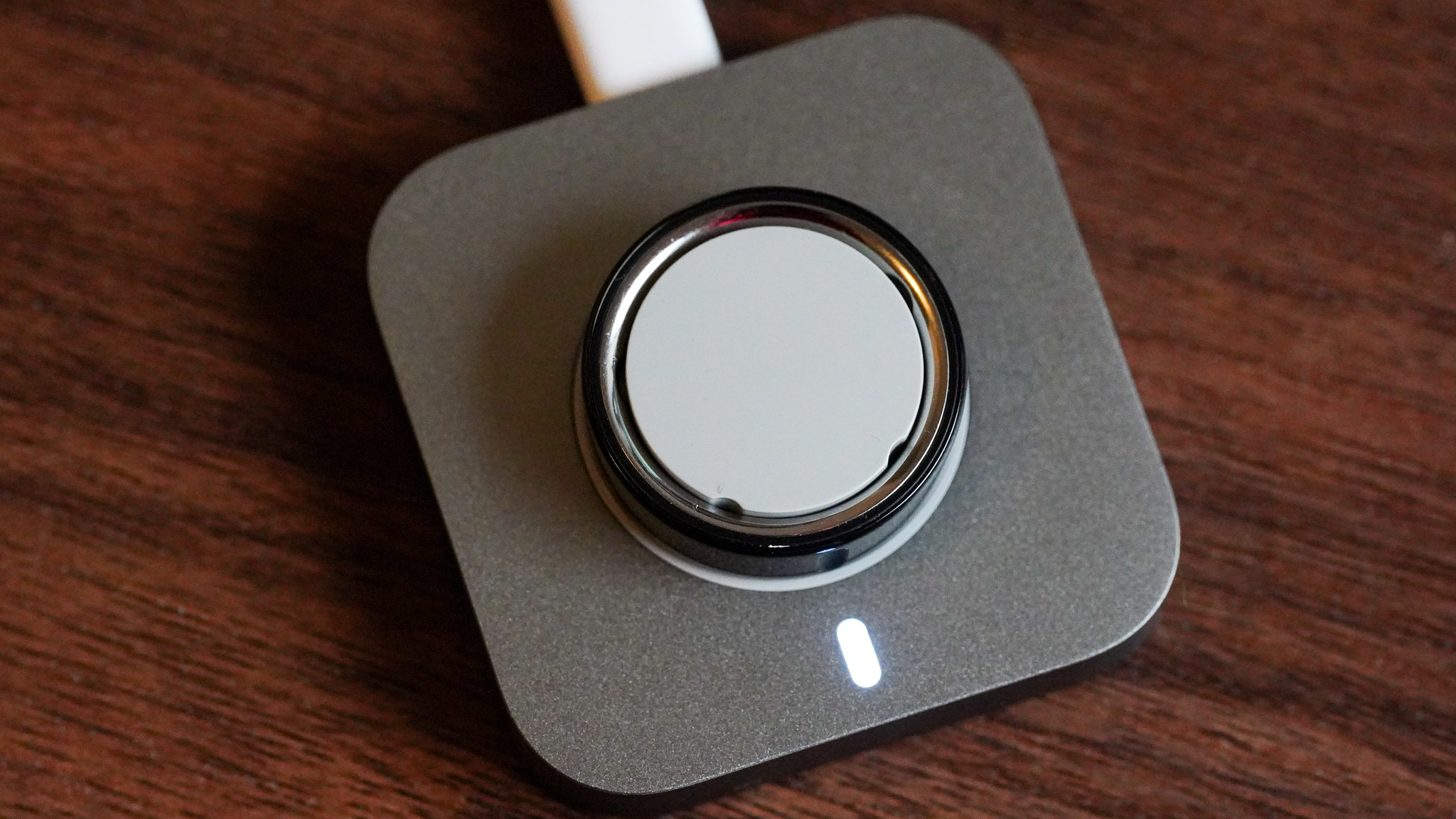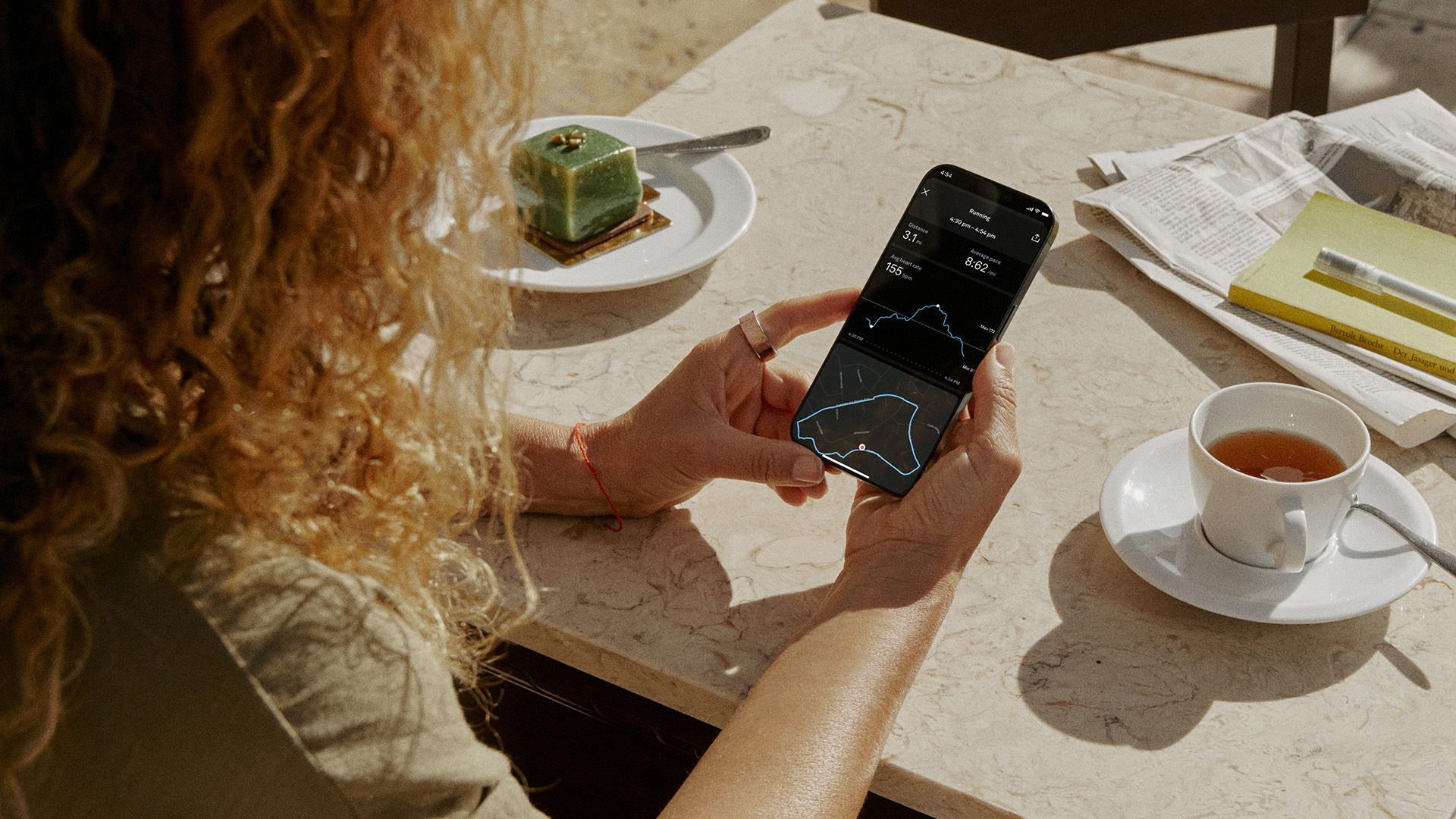Why your Oura Ring might start showing fewer steps (and why that’s a good thing)
Oura’s latest update adds smarter fitness tracking and AI-powered meal feedback


The smart ring that popularised sleep tracking has just launched a flurry of new features, and it’s now thinking way beyond bedtime.
Oura has announced major upgrades to its activity and metabolic health tracking tools, including a smarter step algorithm, more accurate calorie burn calculations, all-day automatic activity detection, and a newly permanent AI-powered nutrition feature called Meals.
It’s part of a broader push to transform the Oura Ring 4 (and Oura Ring Gen 3) from a recovery-first wearable into a more comprehensive health companion.
“We believe that activity is just a part of overall health and wellbeing,” said Oura CPO Holly Shelton. “Our goal is to help members understand its impact, whether that be walking, playing tennis, or folding clothes, on overall health.”
Oura’s step-counting algorithm has been completely overhauled to behave more like a pedometer, powered by machine learning to better distinguish steps from general ring movement.
The company claims this reduces average daily step-count error by 61%, which could mean about 20% fewer (but more accurate) steps for most users.
Active calorie calculations now include heart rate data, a change that reportedly slashes median error by 53%.
Get all the latest news, reviews, deals and buying guides on gorgeous tech, home and active products from the T3 experts
The updated Automatic Activity Detection now covers all hours of the day, including the often-missed 12–4 a.m. window.
Users can also edit or add activities from up to a week ago, with Oura automatically adjusting Readiness and Activity scores based on the new data.
A trend view for Active Time has also been added, helping users link movement patterns with long-term wellness.
More partnerships, more personalised fitness
To complement its expanded metrics, Oura has announced new integrations with Technogym, Open, and The Sculpt Society.
The Sculpt Society will now incorporate your Readiness Score to suggest workouts based on your recovery and energy levels, while Open uses Oura data to recommend meditation and breathwork.
Technogym, meanwhile, is bringing Oura recovery metrics into its Wellness Passport system.

Oura’s new nutrition feature: Meals
After several months in beta, Meals is now a permanent part of the Oura App for all English-language users.
Unlike other food logging apps that focus on calorie counting, Meals is all about understanding how food impacts your energy, recovery, and metabolic health.
Snap a photo of your plate, and the app will use AI to identify food items and estimate levels of protein, fibre, sugar, fats, and carbs. Each is labelled low, medium, or high.
It even includes a 24-hour nutritional chronoworking clock to help you optimise meal timing based on your circadian rhythm.
Oura Advisor provides personalised suggestions to encourage healthier, more balanced eating without obsessing over numbers.
All features are available now for iOS and Android, except for the Active Time trend view and new fitness metrics, which are due to arrive on Android in June.

Matt Kollat is a journalist and content creator who works for T3.com and its magazine counterpart as an Active Editor. His areas of expertise include wearables, drones, fitness equipment, nutrition and outdoor gear. He joined T3 in 2019. His byline appears in several publications, including Techradar and Fit&Well, and more. Matt also collaborated with other content creators (e.g. Garage Gym Reviews) and judged many awards, such as the European Specialist Sports Nutrition Alliance's ESSNawards. When he isn't working out, running or cycling, you'll find him roaming the countryside and trying out new podcasting and content creation equipment.
You must confirm your public display name before commenting
Please logout and then login again, you will then be prompted to enter your display name.